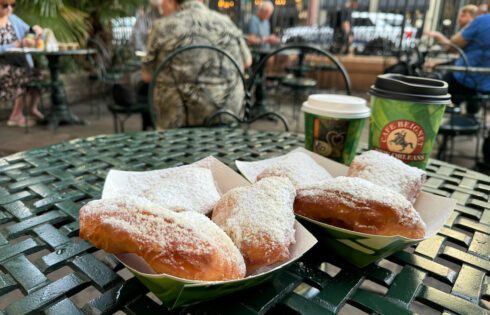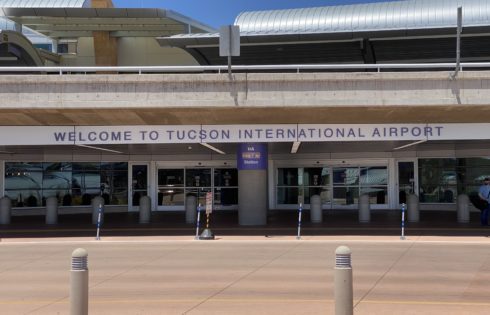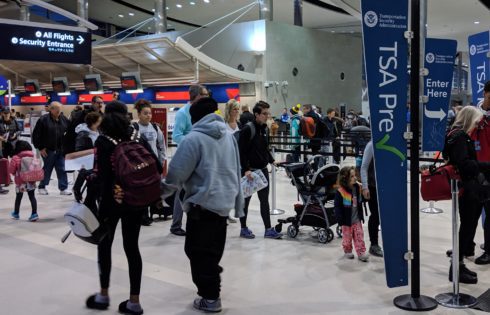
Beignets: History & Where to Enjoy Them in New Orleans
Humans have enjoyed fried dough for thousands of years, and today we see it enjoyed in a variety of forms across cultures worldwide. From funnel cakes to churros, donuts to

Humans have enjoyed fried dough for thousands of years, and today we see it enjoyed in a variety of forms across cultures worldwide. From funnel cakes to churros, donuts to

New Orleans boasts a wealth of historical sites, buildings, and museums, among which the Chalmette Battlefield stands out as a must-visit destination. This site witnessed one of the most significant

Getting a greeting at the airport is one of the best feelings in the world, especially if you have been away for quite some time. Unfortunately, greeting someone at the

Okay, so you messed up and don’t have an ID but you need to catch a flight. What can you do? Well, you might be surprised to find out that

Even though I don’t drink, I’m always on the lookout for historic bars when I travel as there’s just something fun about visiting these spots. So when I recently stayed

There’s a lot of good day trips out of New Orleans and one of my favorite ones is a trip across the Lake Pontchartrain Causeway. It’s the longest overwater bridge

Cannabidiol (CBD) is an absolute lifesaver for many people facing serious medical conditions but can you actually bring it on a plane legally or will TSA confiscate it and potentially

Exploring a Louisiana swamp had been a long-standing travel goal for us, and finally, the chance arose during our stay in New Orleans. We opted for the Cajun Encounters Tour

If you’re visiting New Orleans, chances are Hurricane Katrina will be top of mind at some point. One place I recommend visiting is the Hurricane Katrina Memorial, where you can

For generations, the Dueling Oaks in New Orleans served as the epicenter of dueling, becoming an emblematic battleground in Louisiana’s rich history. Exploring the historical backdrop of this iconic site
| Cookie | Duration | Description |
|---|---|---|
| cookielawinfo-checkbox-analytics | 11 months | This cookie is set by GDPR Cookie Consent plugin. The cookie is used to store the user consent for the cookies in the category "Analytics". |
| cookielawinfo-checkbox-functional | 11 months | The cookie is set by GDPR cookie consent to record the user consent for the cookies in the category "Functional". |
| cookielawinfo-checkbox-necessary | 11 months | This cookie is set by GDPR Cookie Consent plugin. The cookies is used to store the user consent for the cookies in the category "Necessary". |
| cookielawinfo-checkbox-others | 11 months | This cookie is set by GDPR Cookie Consent plugin. The cookie is used to store the user consent for the cookies in the category "Other. |
| cookielawinfo-checkbox-performance | 11 months | This cookie is set by GDPR Cookie Consent plugin. The cookie is used to store the user consent for the cookies in the category "Performance". |
| viewed_cookie_policy | 11 months | The cookie is set by the GDPR Cookie Consent plugin and is used to store whether or not user has consented to the use of cookies. It does not store any personal data. |
